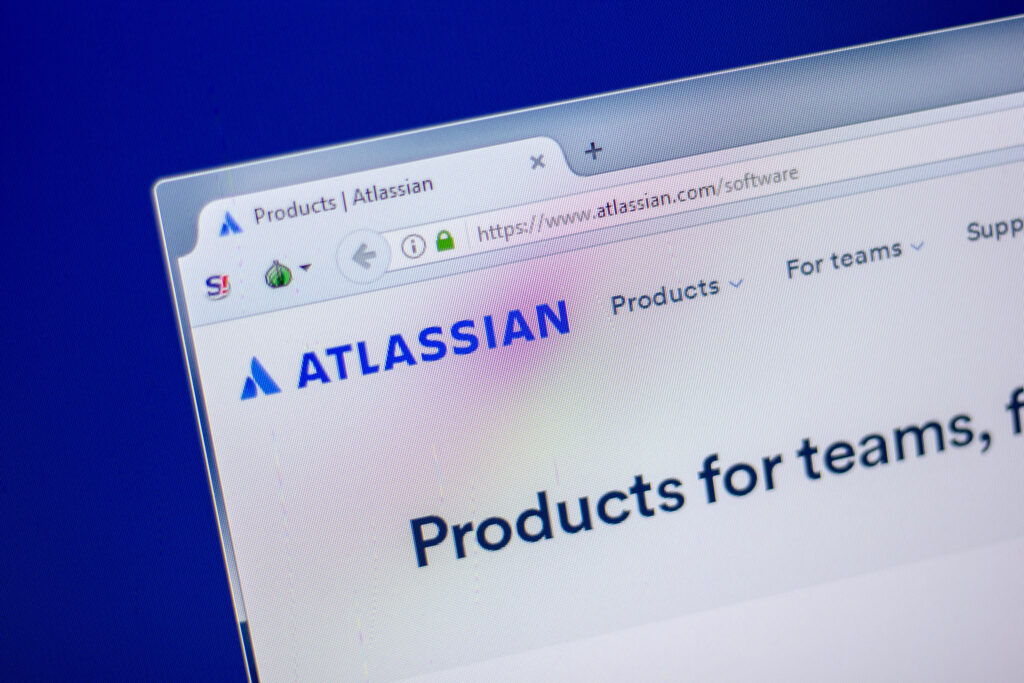Atlassian are warning customers of a critical remote code execution vulnerability in their Confluence collaboration server which affects on-premises installations of Confluence Server and Data Center editions.
Tracked as CVE-2022-26134, the flaw was identified by Volexity at the start of this month and it impacts Confluence Server 7.18.0 and Confluence Server and Data Center 7.4.0. Atlassian cloud hosted versions of Confluence accessed at atlassian.net are not affected by this vulnerability.
Atlassian have identified this vulnerability as critical, which is the highest severity rating they assign. Proof of concept exploits have been published online, increasing the number of exploited servers found by GreyNoise from just 23 on 4th June to a total of 1298 unique IP addresses just 5 days later.
This vulnerability allows attackers to use an OGNL injection vulnerability to execute arbitrary code on the target server. It was identified that a JSP web shell file had been written to a web directory that was accessible by the public, where attackers could then install BEHINDER, allowing them to remotely run commands on the server. This was then used to install a well-known version of the China Chopper web shell, seemingly as a backup to the main attack vector. Other web shells were also used by the attackers to avoid detection, along with altering logs on the server to hide evidence of their activities.
A security advisory from Atlassian details this critical RCE vulnerability and provides a list of versions in which this issue has been fixed. Updating to the latest version is possible via the Confluence Server and Data Center Download Archives and is the only way to fully protect from this attack. There is however a temporary fix that can mitigate the risk for those that cannot update their Confluence systems right away. Atlassian suggest downloading named .jar files, then moving specific JARs outside of the Confluence install directory so that the replacement JARs are the only ones with web permissions. In the case of Confluence being run in a cluster, this will have to be performed on each node individually. Full instructions are in the security advisory. Ultimately, disconnecting Confluence servers from the internet should also provide some protection if this temporary fix is not able to be performed.



















“We were very impressed with the service, I will say, the vulnerability found was one our previous organisation had not picked up, which does make you wonder if anything else was missed.”
Aim Ltd Chief Technology Officer (CTO)